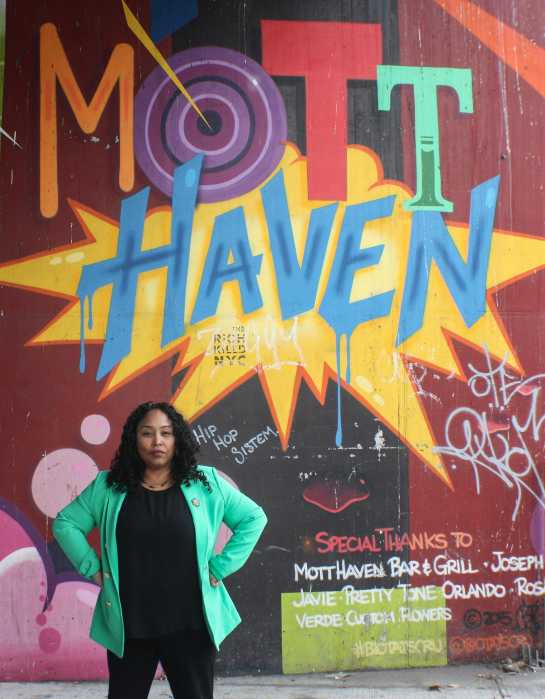By Lucia Mutikani, Reuters
The number of Americans filing first-time claims for unemployment benefits unexpectedly fell last week, though remaining elevated as more businesses face restrictions and consumers hunker down amid an explosion of new COVID-19 cases.
The raging pandemic and delays by Congress to approve another rescue package are sapping energy from the economy as the curtain closes down on a brutal year. Other data on Wednesday showed consumer spending dropping in November for the first time since the recovery from the coronavirus recession started in May. Spending was weighed down by a plunge in income.
The reports followed on the heels of data on Tuesday showing consumer confidence slumping to a four-month low in December. They bolstered analysts’ predictions of a sharp slowdown in growth in the fourth quarter after fiscal stimulus led to a historic surge in gross domestic product in the third quarter.
Initial claims for state unemployment benefits fell 89,000 to a seasonally adjusted 803,000 for the week ended Dec. 19, the Labor Department said. Economists polled by Reuters had forecast 885,000 applications in the latest week.
Including a government-funded program for the self-employed, gig workers and others who do not qualify for the regular state unemployment programs, 1.3 million people filed claims last week. There were at least 20.3 million people collecting unemployment benefits in early December.
Though jobless claims have dropped from a record 6.867 million in March, they remain above their 665,000 peak during the 2007-09 Great Recession. Congress on Monday approved additional fiscal stimulus worth almost $900 billion, but economists said this was too little and too late.
Though the new rescue package includes direct payments to most Americans, economists expect a chunk of the stimulus checks will be saved. Health experts also warn it could take a while for herd immunity to the virus.
The United States is being battered by a new wave of coronavirus cases, with more than 18 million people infected and nearly 320,000 dead, according to a Reuters tally of official data. State and local governments have re-imposed restrictions on businesses, undercutting consumer spending and unleashing a fresh round of layoffs. More than $3 trillion in government pandemic relief led to historic growth in the third quarter.
U.S. stocks were trading higher. The dollar slipped against a basket of currencies. U.S. Treasury prices fell.
INCOME DECLINES AGAIN
A second report from the Commerce Department on Wednesday showed consumer spending, which accounts for more than two-thirds of U.S. economic activity, declined 0.4% in November after increasing 0.3% in October.
Consumers cut back on purchases of goods like new motor vehicles, clothing and footwear. That offset increases in spending on food and beverages from supermarkets and liquor stores. Consumers also slashed spending at restaurants and bars and on accommodation and household utilities like electricity and gas.
Personal income decreased 1.1% in November, pulled down by the expiration of a government loan program for businesses hit by COVID-19. There were also decreases in coronavirus-related government payments to farmers and ranchers, as well as unemployment subsidies. Income fell 0.6% in October.
With incomes dwindling, Americans are dipping into savings. The saving rate fell to a still-high 12.9% from 13.6% in October. It peaked at record 33.6% in April.
Inflation remained muted in November. The personal consumption expenditures (PCE) price index excluding the volatile food and energy components was unchanged for a second straight month. In the 12 months through November, the so-called core PCE price index increased 1.4%, matching October’s gain.
The core PCE index is the preferred inflation measure for the Fed’s 2% target, a flexible average.
While a third report from the Commerce Department showed business spending pushing ahead in November, the pace has slowed. Still, strong business investment could blunt some of the impact of slowing consumer spending and keep the economy on a moderate growth path this quarter.
Orders for non-defense capital goods excluding aircraft, a closely watched proxy for business spending plans, rose 0.4% last month. These so-called core capital goods orders jumped 1.6% in October. Shipments of core capital goods increased 0.4% last month. Core capital goods shipments are used to calculate equipment spending in the government’s gross domestic product measurement. They surged 2.6% in October.
Growth estimates for the fourth quarter are mostly below a 5% annualized rate. Economists expect modest growth or even a contraction in the first quarter of 2021. The economy grew at a record 33.4% rate in the third quarter after contracting at a 31.4% pace in the April-June period, the deepest since the government started keeping records in 1947.






































